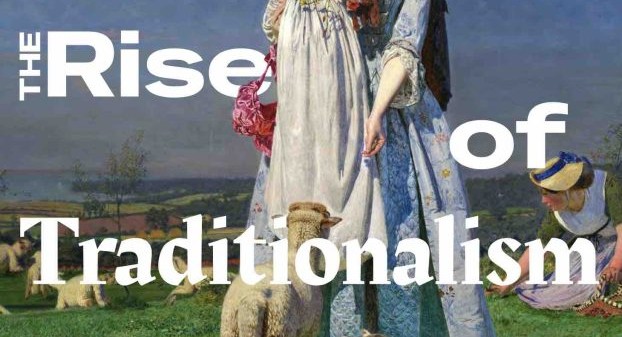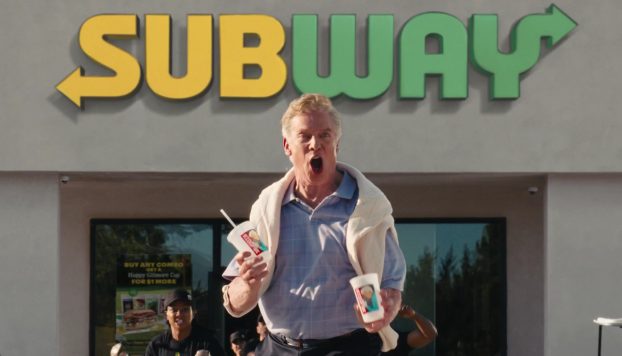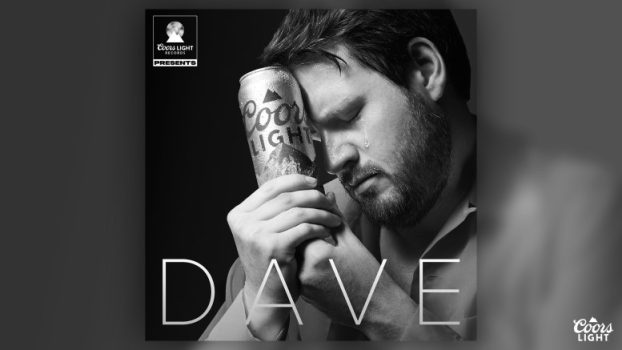
Canadian brands are making headway on their customer experience, but most are struggling to break away from their competition, according to the latest edition of Forrester’s CX Index.
Forrester compiles its CX Index scores based on both the “quality” of a brand’s customer experience (effectiveness of a brand’s customer experience, ease with which customers get value from it and the emotions it generates), as well as how well it drives brand loyalty (retention of customers, likelihood of buying additional products and likelihood of recommending the brand to others). Those factors are determined by a national survey, which this year covered over 62,000 Canadians.
The “elite” brands in Canada when it comes to customer experience – the top 5% performing in Forrester’s index – were Fairmont Hotels & Resorts, MEC, Chapters/Indigo, Home Hardware, GMC, Mercedes-Benz, Hampton Inn & Suites and ATB Financial.

On the surface, the results from this year’s index seem to be positive: 23% of the 161 brands covered in the report saw their scores rise, while only 1% dropped. The number of scores landing in the “good” range increased from 20% to 27%, with “okay” scores declining from 70% to 65% and “poor” scores declining from 9% to 7%.
But on the other hand, 76% of the scores were stagnant, shifting by amounts that weren’t statistically significant, with the average point gain being only three points. Even among the “elite” brands, there are less than three points separating the top brand from the one rounding out the top eight (and the third through eighth brands being separated by 0.4 points). Within the top eight, five brands had no statistically significant score change, and only three improved, suggesting that even the top-performing brands are having issues improving their customer experience over time.
In his analysis of this year’s results, Rick Parrish, VP and principal analyst at Forrester, described 14% of the brands in this year’s index as “languishers,” brands that achieved relatively high scores but have not made any significant gains in the last two years. While only 21% were “laggards” – brands that have consistently stayed at the low end of the rankings – 65% are “locksteppers” – brands that have had their scores go up, but at rates similar to their competition, with no one breaking away from the pack.
Parrish’s analysis suggests that the one area brands could focus on to improve their customer experience and “break away from the pack” would be the emotional impact the experiences have on customers.
“How an experience makes customers feel has a bigger influence on their loyalty to a brand than effectiveness or ease in every industry,” he said. “Brand performance in the [report] reflects this: elite brands provided an average of 17 emotionally positive experiences for each negative experience, while the lowest-performing 5% of brands provided only four emotionally positive experiences for each negative experience.”
While they each only had a single brand representing them in the top eight, the best performing industries in this year’s index were luxury automotive, mass-market automotive and multichannel banks.























